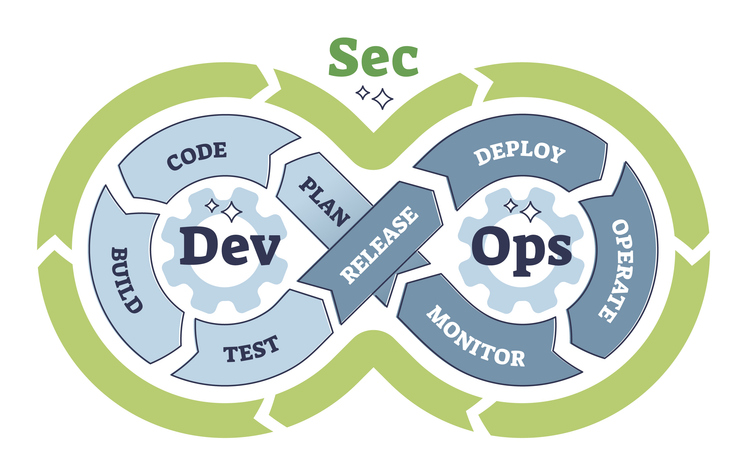
Take A Tour
See DevSecOps Pipeline Integration In Action.
Explore Ortelius and experience open-source vulnerability management in action with a quick, hands-on overview. DeployHub Pro, based on Ortelius OS, integrates with CI/CD tools like Jenkins and Helm, providing real-time security checks, tracking vulnerabilities, and supporting DevSecOps integration with the Ortelius Open-source CLI interface. Ortelius is incubating at the Continuous Delivery Foundation.









